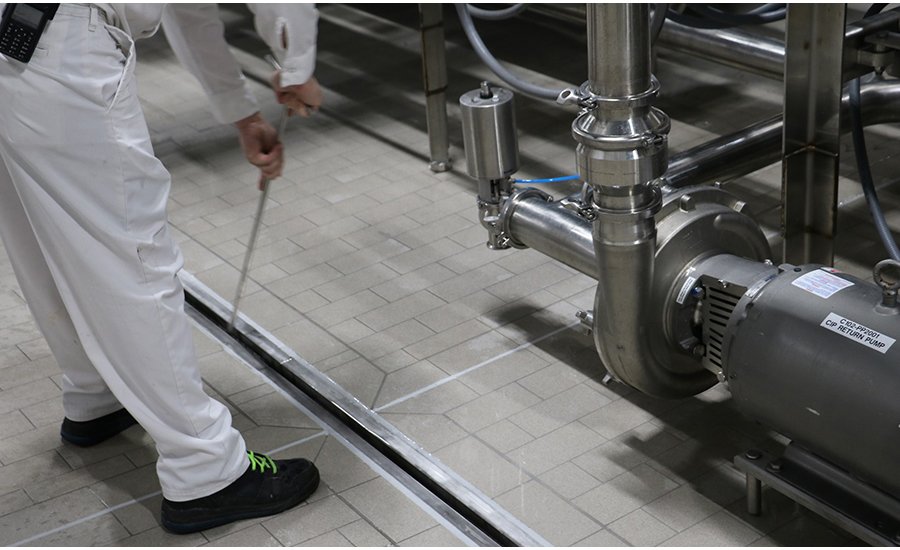
When it comes to food safety, most professionals focus on surfaces, equipment, and employee hygiene. However, there’s one hidden area that can be a breeding ground for contamination — drain lines. Drain systems, if not regularly cleaned and maintained, can pose a serious threat to food safety and even lead to regulatory non-compliance or food recalls.
🚨 Why Drain Hygiene Matters in the Food Industry
Drain lines in food facilities collect wastewater from sinks, floor drains, and processing areas. Over time, these lines can accumulate organic waste, grease, food particles, and biofilms — all of which create an ideal environment for harmful bacteria, pests, and mold.
Unchecked, this can result in:
-
Microbial contamination (e.g., Listeria, Salmonella, E. coli)
-
Foul odors affecting working conditions and product quality
-
Blocked drainage, leading to flooding and cross-contamination
-
Attraction of pests like cockroaches, flies, and rodents
These issues not only jeopardize product safety but also damage your facility’s reputation and profitability.
✅ Benefits of Regular Drain Cleaning in Food Facilities
-
Prevents Cross-Contamination:
Dirty drain lines can splash contaminated water back onto floors or surfaces. Proper cleaning ensures this doesn’t happen. -
Controls Pest Infestation:
A well-maintained drainage system removes food residues and moisture — key attractants for pests. -
Reduces Risk of Biofilm Formation:
Biofilms are slimy layers of bacteria that form on wet surfaces, especially in drains. Regular cleaning disrupts biofilm buildup. -
Ensures Regulatory Compliance:
Food safety standards like ISO 22000, BRCGS, and HACCP emphasize environmental hygiene, including drain maintenance. -
Protects Your Brand:
A clean facility builds trust. One contamination incident linked to poor drain hygiene can seriously harm your brand.
🔧 How Often Should Drain Lines Be Cleaned?
Frequency depends on the type of facility, volume of production, and the types of products handled. However, weekly to monthly cleaning schedules are typical in food manufacturing. High-risk zones such as meat, dairy, and ready-to-eat processing areas may require daily or bi-weekly attention.
🛠️ Best Practices for Drain Cleaning
-
Use food-safe enzymatic cleaners or foaming agents designed to break down organic matter.
-
Implement a preventive maintenance schedule and document all cleanings.
-
Train sanitation teams on proper procedures and safety precautions.
-
Inspect drains regularly using UV lights or cameras to identify biofilm or blockages.
-
Ensure proper drainage design with backflow prevention and easily cleanable components.
📋 Incorporating Drain Cleaning into Your Food Safety Management System (FSMS)
Drain hygiene should be a Critical Control Point (CCP) or a Prerequisite Program (PRP) in your FSMS. Consider the following actions:
-
Add drain cleaning to your sanitation SOPs.
-
Conduct microbiological testing from drain swabs as part of your environmental monitoring.
-
Include drain inspections in your internal audits.
🔚 Conclusion
Don’t let dirty drains compromise your food safety efforts. Regular and effective drain line cleaning is a simple yet powerful practice that protects your products, staff, and customers. It’s time to stop seeing drains as “out of sight, out of mind” and start treating them as a frontline defense in your food safety strategy.
